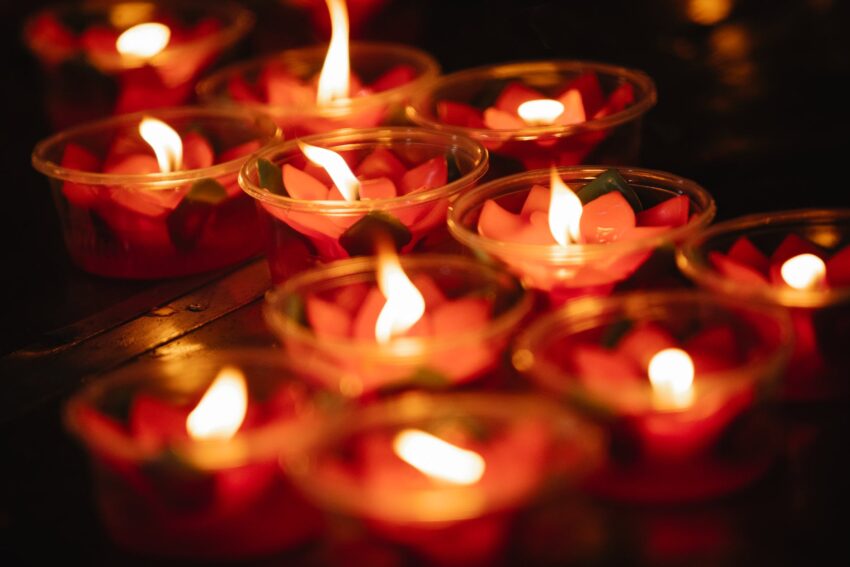Psychedelics have long been a part of indigenous traditions and spiritual practices across the world. From the Ayahuasca ceremonies of the South American tribes to the Peyote rituals of the Native American Church, these substances offer a bridge to spiritual awakening and a deeper connection with nature.
One of the most well-known uses of psychedelic plant medicine is found in Ayahuasca ceremonies, a psychoactive brew utilized by the indigenous tribes in the Amazon rainforest source. These communities believe Ayahuasca possesses healing and revelatory properties. The ceremonies, often led by a Shaman, are intricate spiritual experiences that involve ceremonial chanting, prayer, and consumption of the Ayahuasca brew. Participants report profound psychological and emotional revelations, often experiencing visions and connections with ancestral spirits.
Across North America, the Peyote rituals have been deeply integrated into the spiritual practices of the Native American Church for centuries source. The consumption of Peyote, a small, spineless cactus administering a powerful psychedelic compound called mescaline, is a sacrament to facilitate personal soul-searching and communication with spiritual entities. Peyote meetings typically take place in tipis and involve all-night sessions of music, prayer, and contemplation facilitated by an experienced leader.
Moving eastwards to Mexico, the Mazatec tradition also uses psychedelics as part of its spiritual practice. They have been utilizing the Salvia Divinorum and different varieties of psychotropic mushrooms in their Shamanic rituals for ages source. These ceremonies aim to weaponize the medicinal properties of psychedelics to diagnose and treat various ailments, with rituals typically held during the night and conducted with utmost respect and solemnity.
The various South American tribes that utilize Ayahuasca, the Native American Church that practices Peyote rituals, and the Mazatec communities all have one common understanding – these psychotropic substances are revered plant medicine. They are seen as tools to stimulate spiritual growth, facilitate introspection, and to connect not just with one’s self, but also with the natural world.
Such practices are often misconstrued and misunderstood due to general societal prejudices against psychedelics. In a time where the perception towards psychedelics is rapidly changing, further research and consideration might contribute to better understanding these practices. More medical and psychological studies confirm the potential benefits of controlled, guided psychedelic experiences source. Therefore, the indigenous practices and beliefs surrounding these substances ought to be taken into account, as they have been harnessing their benefits for centuries.
Psychedelics in these practices are more than recreational drugs – they are deeply ingrained into the cultural fabric of these communities and are used as a means to induce spiritual awakening and foster a connection with nature. Modern society’s burgeoning interest in these substances usually revolves around their potential for therapeutic application. However, understanding their historical and cultural roles in traditional rituals can lend more profound insights into their effective use.
In conclusion, Psychedelics have long been held sacred within numerous indigenous cultures and spiritual practices across the globe. These substances are not simply for leisure or medical exploration, but hold a venerable position in cultural tradition – as a medium for spiritual awakening, paragons for introspection, and a pathway to a deeper connection with nature. As society progresses towards a deeper understanding and acceptance of psychedelics, the wisdom from ancient traditions and practices serves as a guiding light to navigate their use and significance.
Finally, respect to- and reverence for their purposes within these ancient cultures is paramount. It’s a reminder to tread with humility and open-mindedness when exploring the often misunderstood realm of psychedelics.
